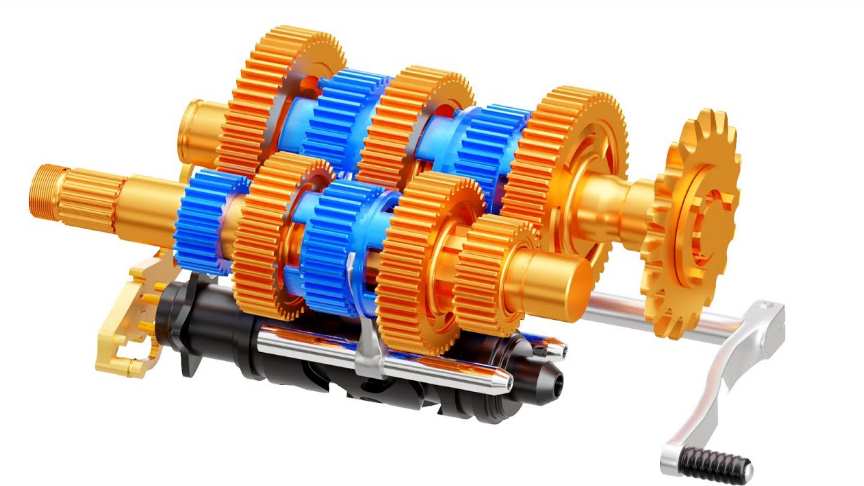Tornado
VIP MEMBER
- Joined
- Dec 5, 2017
- Messages
- 5,264
Are synchro rings ever used in motorcycles? Our classic Commandos don't have them and shift very nicely. My classic Mini Cooper with 4 speed gear box does have synchros and it has gear clashing downshifting from 4th to 3rd only. Folks are telling me it's likely to be worn synchros.
Just wondering what advantage there is to synchros (since older GB's could work well without them) and if they are used in motorcycles?
Just wondering what advantage there is to synchros (since older GB's could work well without them) and if they are used in motorcycles?

